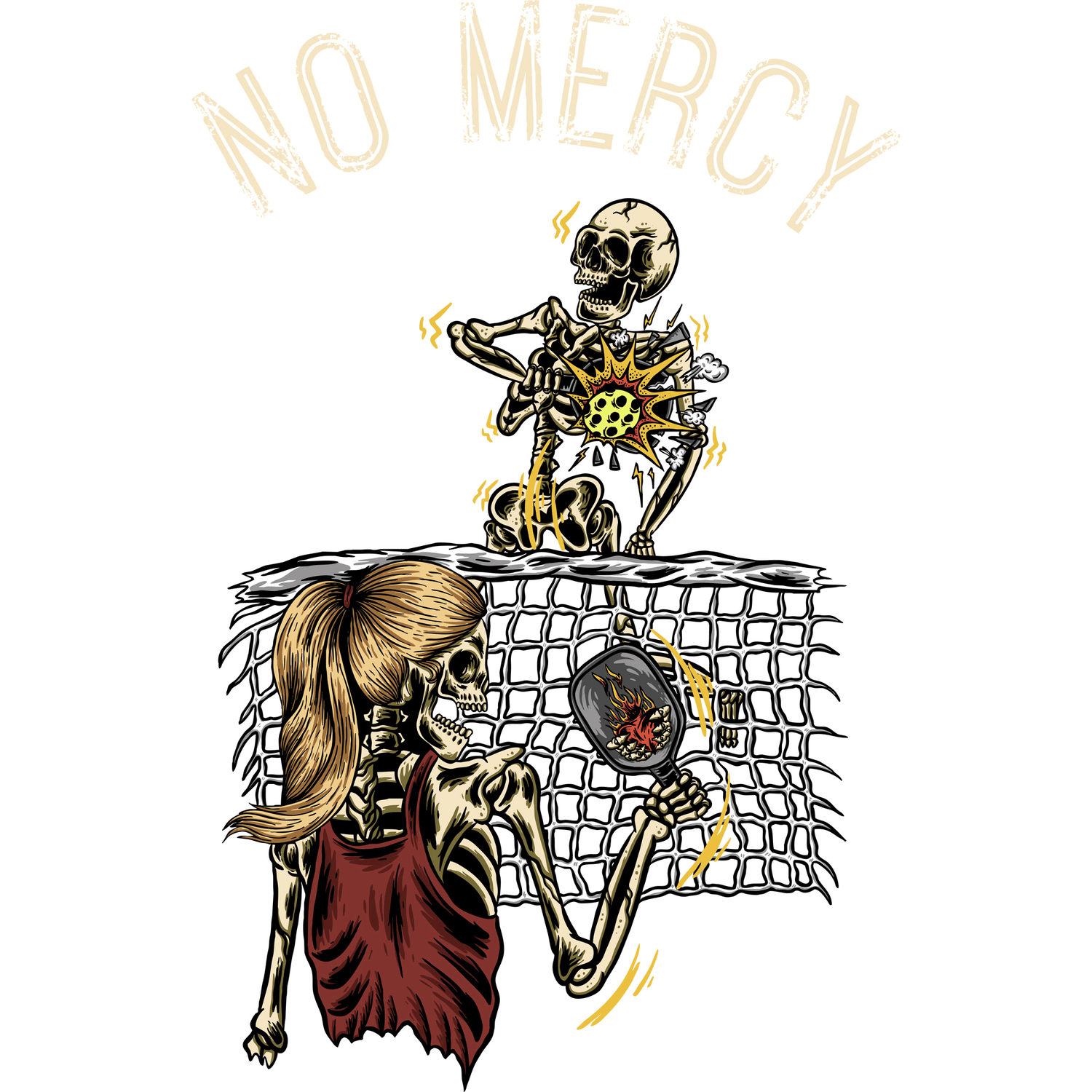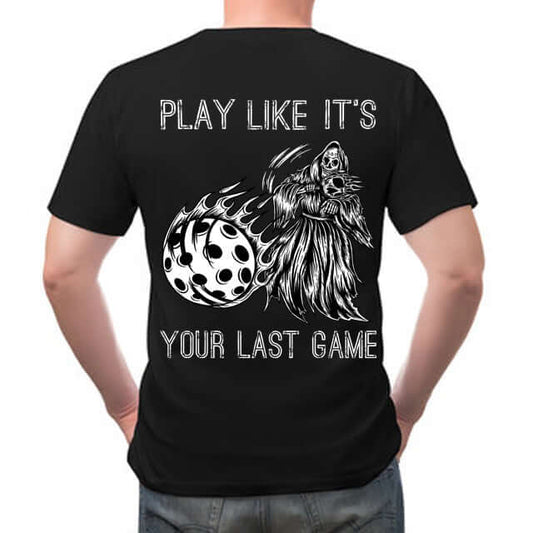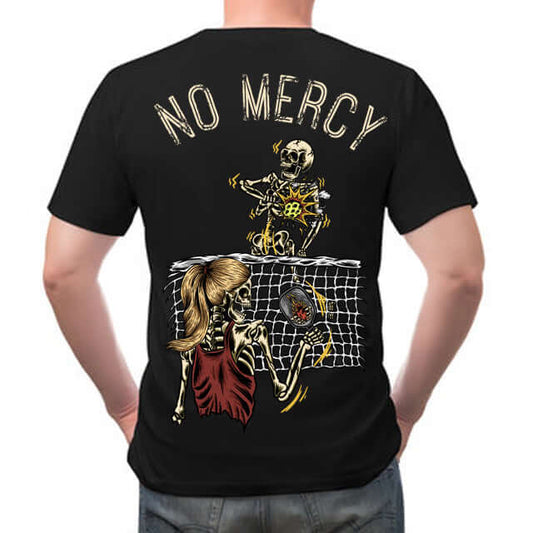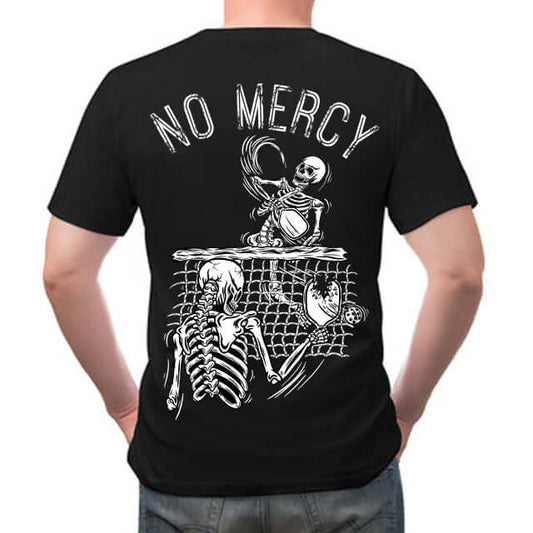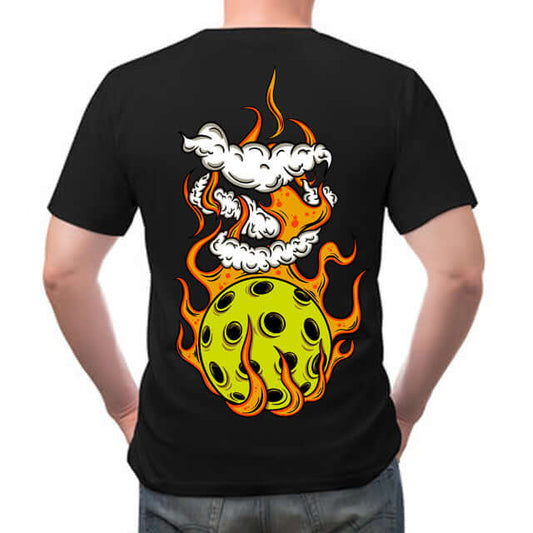You’ve spent years perfecting your topspin forehand, your kick serve has a wicked bounce, and you can cover the baseline like a pro. As a tennis player, you have a solid foundation in racquet sports. But lately, you keep hearing a peculiar thwack, thwack, thwack from a nearby court, followed by laughter. You’ve been bitten by the pickleball bug, or at least, you're curious about the craze. The good news? Your tennis skills give you a major head start.
Making the leap from the tennis court to the pickleball court is a common and exciting journey. While the two sports share DNA, pickleball has its own unique set of rules, strategies, and—most importantly—a different feel. Think of it as trading your powerful V8 engine for a zippy, agile go-kart. Both are fun to drive, but they handle very differently.
This guide will help you rewire your tennis brain for pickleball success. We'll cover the key adjustments you need to make, from shortening your swing to embracing the "dink," so you can go from tennis ace to pickleball pro in no time.
Your Tennis Skills Are a Superpower (with a few tweaks)
First, let's acknowledge your advantages. As a tennis player, you already understand court positioning, shot placement, and how to read an opponent. Your hand-eye coordination is likely excellent, and you’re not afraid of a fast-paced rally. These skills are your secret weapon. However, to truly excel, you'll need to adapt them.
The biggest mistake tennis players make is trying to play pickleball like it's tennis. Big, powerful groundstrokes and a blistering serve might work occasionally, but they won't win you games against seasoned picklers. Pickleball is a game of patience, strategy, and precision—more like chess than checkers.
Key Differences: Court, Paddle, and Ball
Before we get into technique, let's look at the fundamental differences in equipment and playing area. These changes are the root cause of the strategic adjustments you’ll need to make.
A Smaller Playground: The Court
A pickleball court is 44 feet long and 20 feet wide, significantly smaller than a 78-foot-long tennis court. This condensed space changes everything. Angles become tighter, reaction times are shorter, and the net is a much more immediate factor. You don’t need the same explosive lateral movement, but you do need quick feet and faster reflexes, especially at the net.
The most unique feature is the Non-Volley Zone (NVZ), or "the kitchen." This 7-foot area on each side of the net is where volleys are forbidden. You can step into the kitchen to hit a ball that has bounced, but your feet must be behind the line when you make contact with a volley. Mastering the kitchen is the key to advancing from a beginner to an intermediate player.
From Racket to Paddle: The Tools of the Trade
You'll be trading your stringed tennis racket for a solid pickleball paddle made of composite materials or wood. The paddle has no strings, a much smaller sweet spot, and is far less forgiving of off-center hits. It generates less power and spin on its own, meaning you have to provide more of the action with your body and wrist.
The plastic pickleball itself is also a game-changer. It's lighter and has less bounce than a tennis ball, and it slows down considerably after hitting the court. This means you have more time to get to the ball, but you also need to generate more of your own pace.
Adapting Your Technique: Rewiring Your Muscle Memory
Here is where the real work begins. You'll need to unlearn some of your most ingrained tennis habits and replace them with pickleball-specific movements.
Shorten Your Swing
In tennis, a long, flowing swing generates power and topspin. In pickleball, that same swing will send the ball sailing past the baseline. Because the court is smaller and the ball travels slower, you need a compact, controlled swing.
Think of your pickleball strokes as a punch, not a full wind-up. Keep your backswing short and your follow-through concise. The motion should come more from your shoulder and core rotation than a big arm swing. This is especially true for volleys and shots at the net.
Embrace the Soft Game: The Art of the Dink
This is the hardest transition for power-loving tennis players. While hitting hard "bangers" is fun, high-level pickleball is won in the kitchen with soft, un-attackable shots called "dinks." A dink is a soft shot that lands just over the net in your opponent's kitchen, forcing them to hit the ball on a bounce and preventing them from attacking.
Patience is key. You may have a dink rally that lasts for 10, 20, or even 30 shots before an opportunity to attack arises. Instead of trying to end the point with every shot, focus on hitting consistent, well-placed dinks until your opponent makes a mistake or pops the ball up high enough for you to put away.
The Third Shot Drop
Another crucial pickleball-specific shot is the third shot drop. The sequence of a point often goes: serve (shot 1), return of serve (shot 2), and then the third shot. If the serving team hits a hard third shot, the returning team (who are already at the net) can easily smash it for a winner.
The solution is the third shot drop—a soft, arcing shot from the baseline that lands in the opponent's kitchen. This neutralizes their advantage, gives your team time to advance to your own kitchen line, and effectively resets the point. It requires touch and practice, but it's a non-negotiable skill for advanced play.
The Mental and Social Shift
Beyond the physical techniques, transitioning to pickleball also involves a change in mindset and an appreciation for its vibrant community.
A Game of Accessibility and Community
One of the most beautiful aspects of pickleball is its accessibility. The smaller court and slower ball speed make it easier for players of all ages and athletic abilities to learn and enjoy. It’s less physically demanding than tennis, leading to longer playing careers and fewer injuries.
This accessibility fosters a uniquely social and welcoming atmosphere. While the competition can be fierce, the vibe on the courts is generally friendly and encouraging. Don't be surprised if you're invited to join a game with complete strangers who quickly become friends. Looking for great Pickleball gift ideas? Often, the best gift is simply introducing someone to this amazing community.
Look the Part, Play with Attitude
As you step onto the pickleball court, you’ll want to feel as good as you play. Your confidence comes not only from your skills but also from your style. While your tennis whites are classic, pickleball invites a bit more personality and edge.
RND Streetwear gets it. Their Pickleball Streetwear collection is designed for players who bring attitude to the court. Forget generic athletic apparel; this is gear that makes a statement. With bold, edgy designs featuring everything from flaming pickleballs to Grim Reapers, you’re sure to stand out.
Crafted from high-quality, comfortable materials, RND’s apparel is built for performance. Whether you’re rocking the "No Mercy" T-shirt, staying warm in a "Play Like It's Your Last Game" hoodie, or sporting their stylish joggers, you get the perfect blend of comfort and street-style edge. This isn't just clothing; it's a mindset.
Ready to unleash your inner pickleball warrior and look great doing it?
Explore the Pickleball Streetwear collection at RND Streetwear and find gear that matches your game!
http://www.rndaccessories.com/collections/pickleball-clothing-apparel-streetwear
